Clients frequently ask us if a home they are looking at has what we consider “good bones.” We’ve all heard the term, which is often bandied about in the real estate and design worlds and can sometimes mean different things to different people. For us, a defining characteristic of a project with “good bones” is whether the house is original in its context.
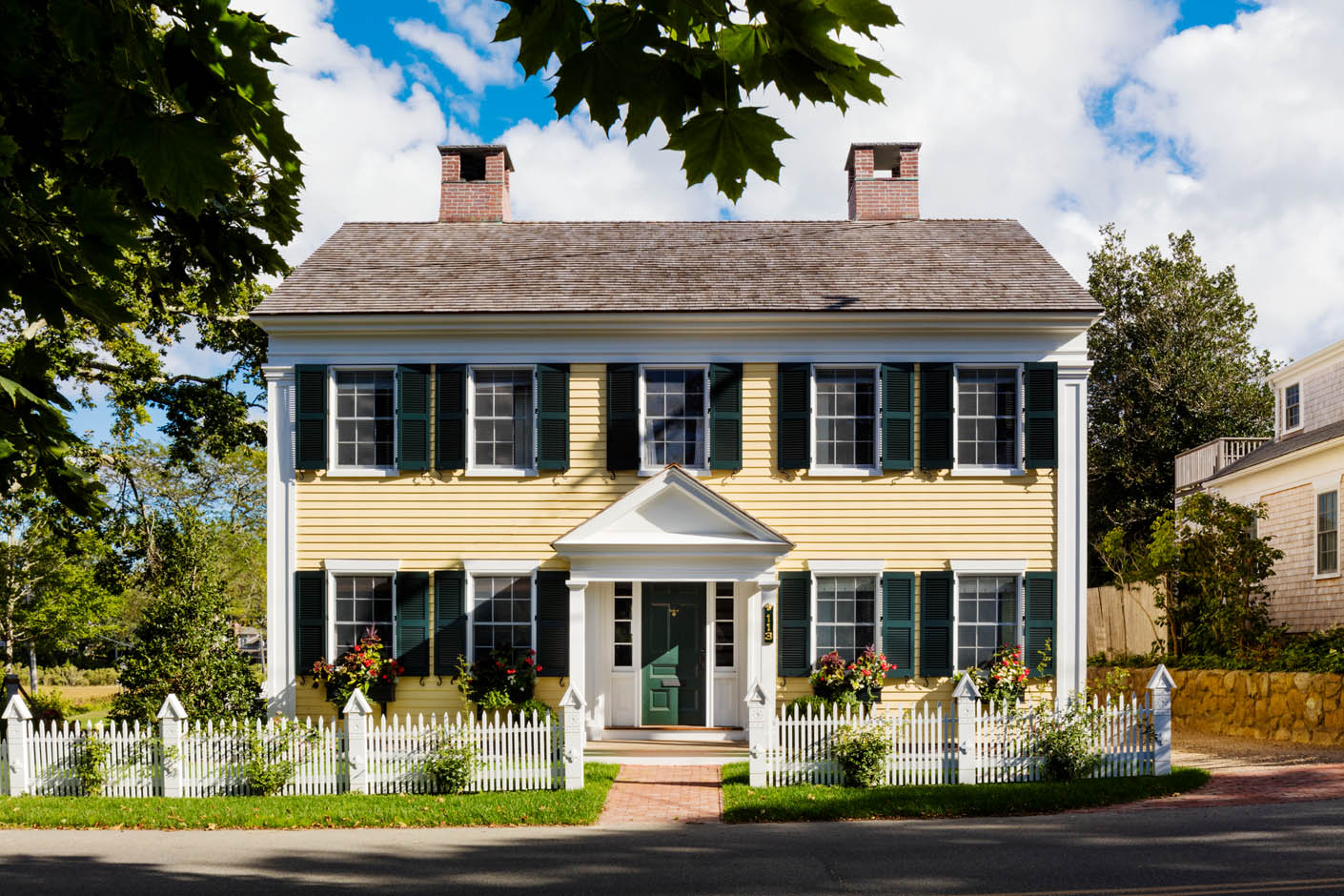
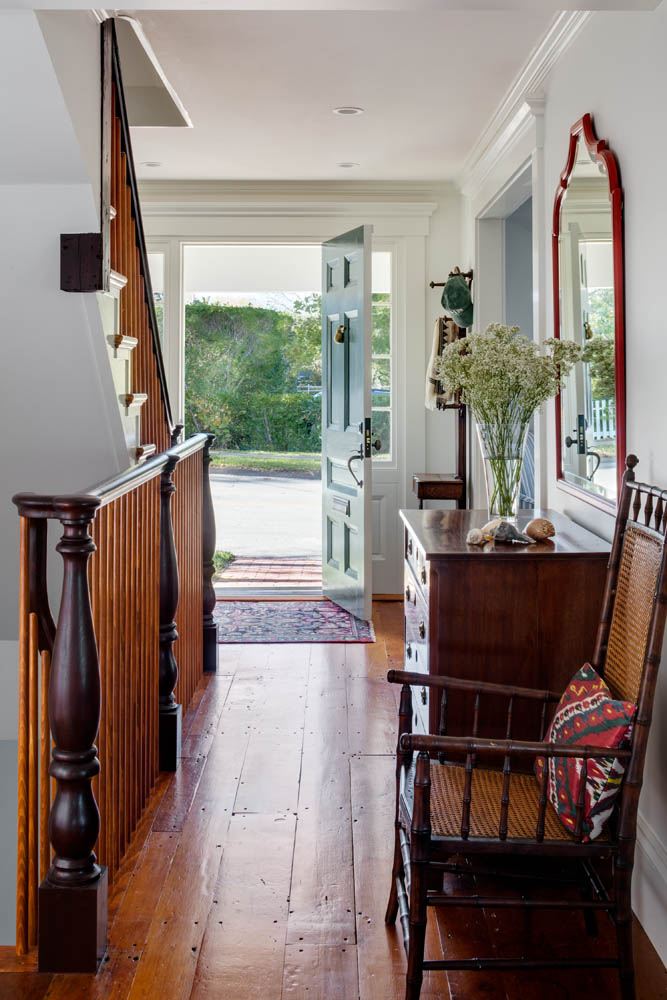
Ideally, a home’s infrastructure should be relatively sound (e.g., the house is not sinking), but most importantly, in our eyes, a home with good bones has a recognizable history and personality. We believe it is important that the original intent of its design is intact, and there are both a language and story we can build upon.
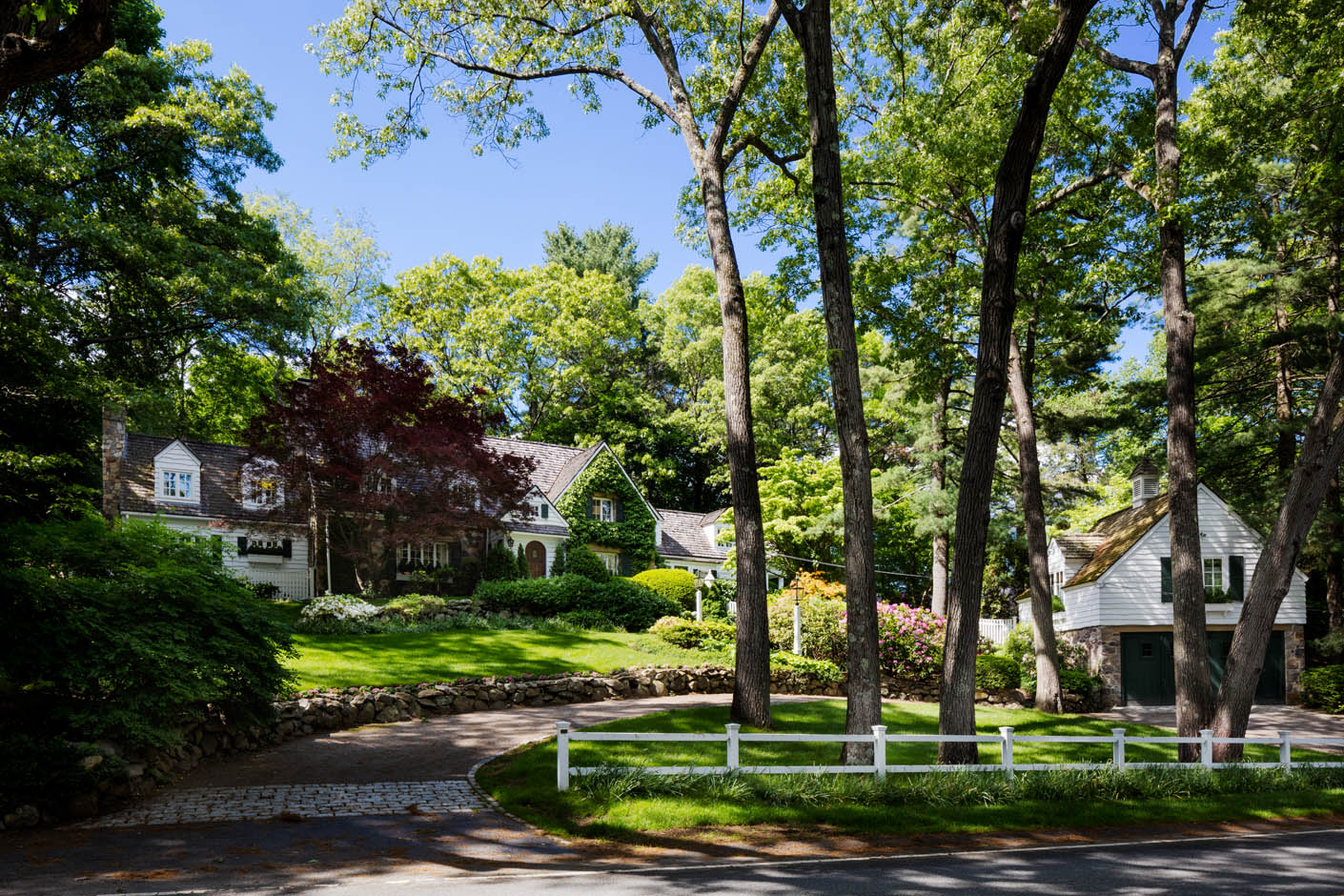
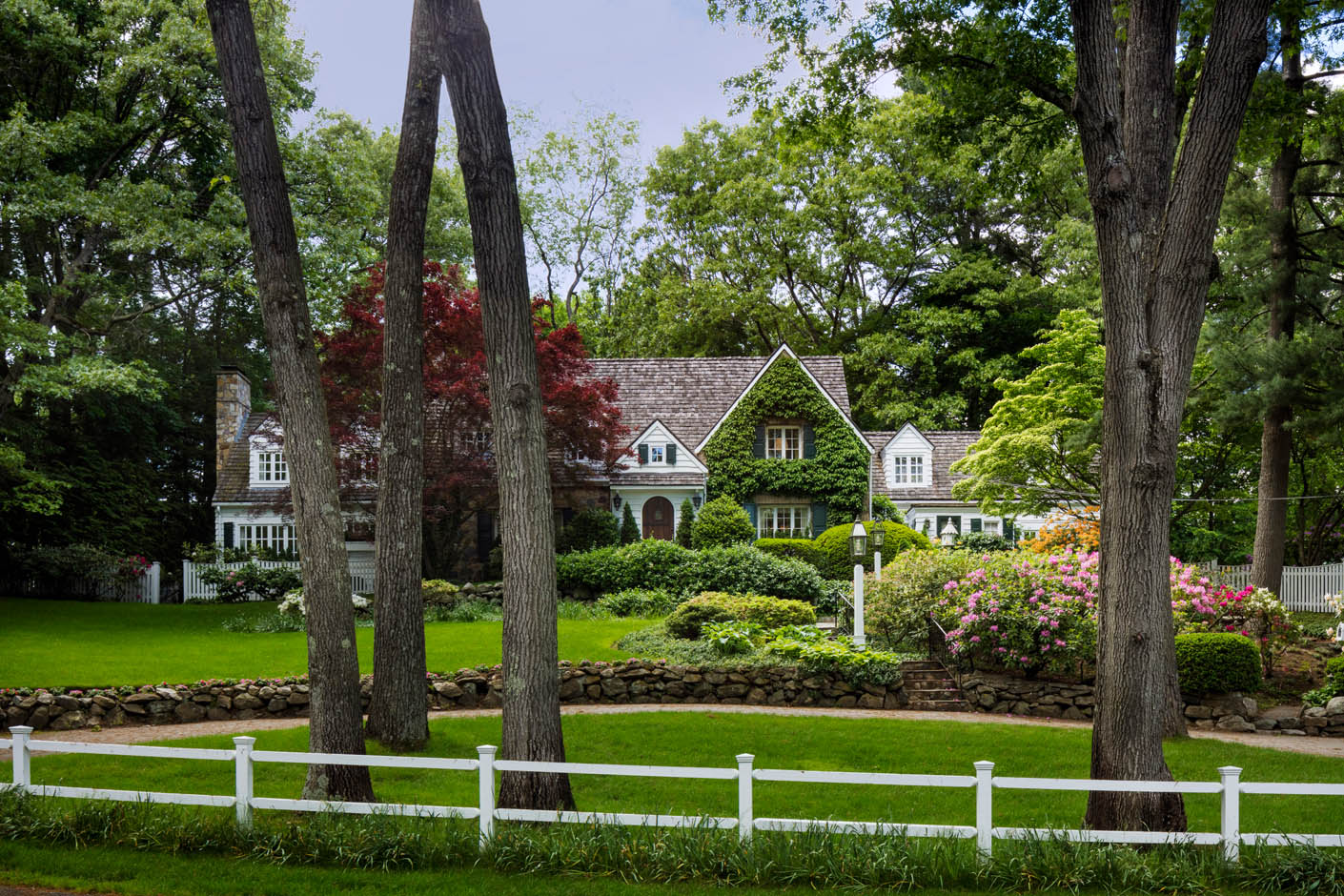
In New England, we are fortunate to have a history of good architecture from different periods. When we assess whether a home has good bones, we first look at the original theme of the house: do the style and scale feel right? Are the exterior materials—the siding, roof shape, and windows—accurate or the right proportion? These things help provide the contextual cues that often lead our restoration projects. That is not to say we cannot find the common design denominator of a house that’s experienced multiple (not necessarily good) generational additions and bring it back to its original intent. In these instances, we might need to look at archival records as a guide, if much of the original exterior and interior detail had been modified beyond recognition.
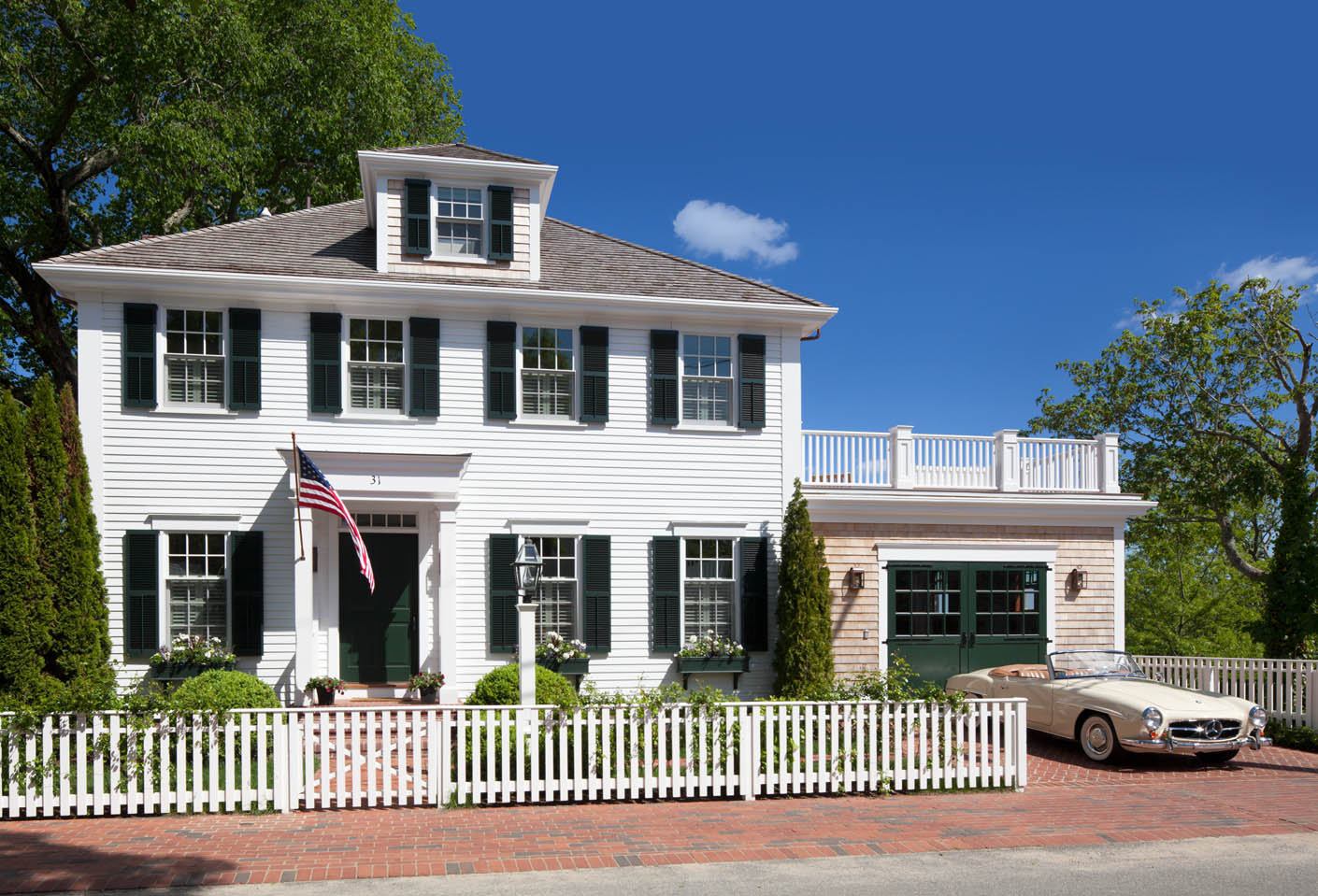
As a firm, we do not consider ourselves pure preservationists, but we do feel it is important to maintain original, meaningful details when possible. Many older homes often have warren-like configurations of rooms, which make for constrained, disjointed circulation patterns. So, when we’ve decided a home has good bones and is a candidate for restoration, we may recommend carefully modifying the floorplan but preserving and relocating a lovely, original staircase. Or, we may open up the ceilings in an attic to create a story-and-a-half-space and make the dormers clerestory windows, while still being respectful of the house’s original intent. Our primary goal is to maintain the scale and character of the home while creating an innovative, modern approach to space that allows clients to live the way people want to live today.
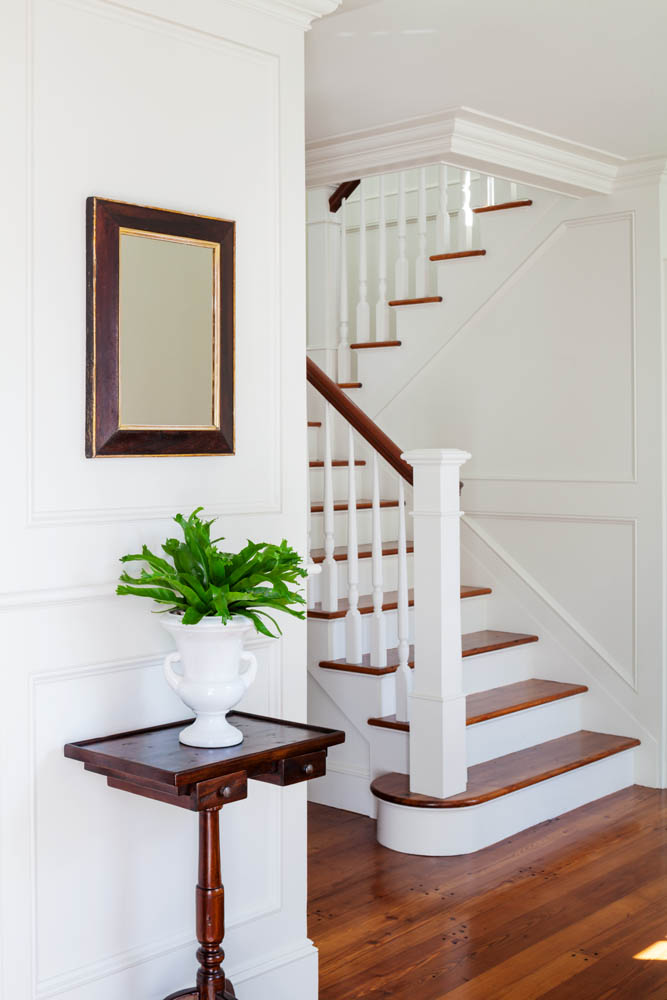
Recently, a former client asked us to look at a house in Connecticut and help him decide if the home had “good bones.” In addition to assessing if the home was original in its context, we suggested it was also important to consider if the house fit the scale (height and size) and character of the neighborhood. Evaluating how a home sits on a lot—as compared to the neighboring houses—and comparing its exterior materials and features to ensure they are consistent with the surrounding homes are also important factors worth studying. The home, a late 1920s Cape with charming dormers and a wonderful chimney, passed all of the “good bones” tests and is currently under agreement.
To some, what defines if a home has “good bones” may feel personal or subjective. However, when guiding our clients, we believe—first and foremost—the original intent of a home’s design must be intact. With that language to work with, we can honor its original theme and bring to life its historic character in a modern and meaningful way.